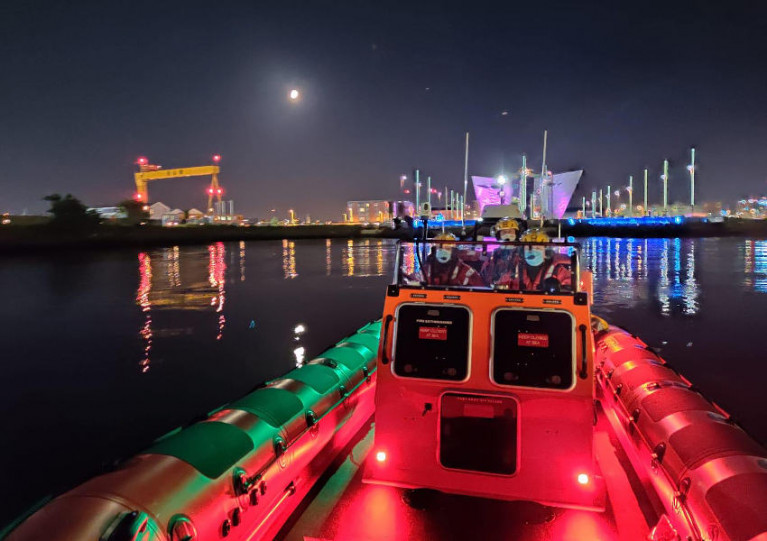Displaying items by tag: Lagan Search & Rescue
Lagan Search and Rescue and Officers of the Belfast Harbour Police took part recently in Dementia Action week with Awareness training delivered by Belfast City Council on behalf of the Alzheimer's Society Northern Ireland to equip both volunteers and Officers with the skills to engage and communicate more effectively with people with Dementia and provide support for those who are most vulnerable.
Lagan SAR is a provider of Independent Lifeboat and Water Search, Rescue and Recovery Service, based in Belfast Harbour Marina. It operates on the River Lagan, which flows through Belfast into Belfast Lough.
The volunteers were pleased to take part. " Thanks to Belfast City Council for providing this valuable training!".
Belfast Harbour Extends its Support for Lagan Search & Rescue
Belfast Harbour has pledged support to Lagan Search & Rescue to the tune of £100,000 (€110,000) over the next five years, as the News Letter reports.
The arrangement includes continued provision of an operations base and lifeboat berths for the agency’s search and rescue services to the River Lagan and Belfast Lough.
A recent boost to the volunteer-run service was the addition of a new eight-metre lifeboat, funded in part by Belfast Harbour and the Northern Ireland Department for Transport’s Inshore/Inland Rescue Boat Grant Fund.
The News Letter has more on the story HERE.





























































